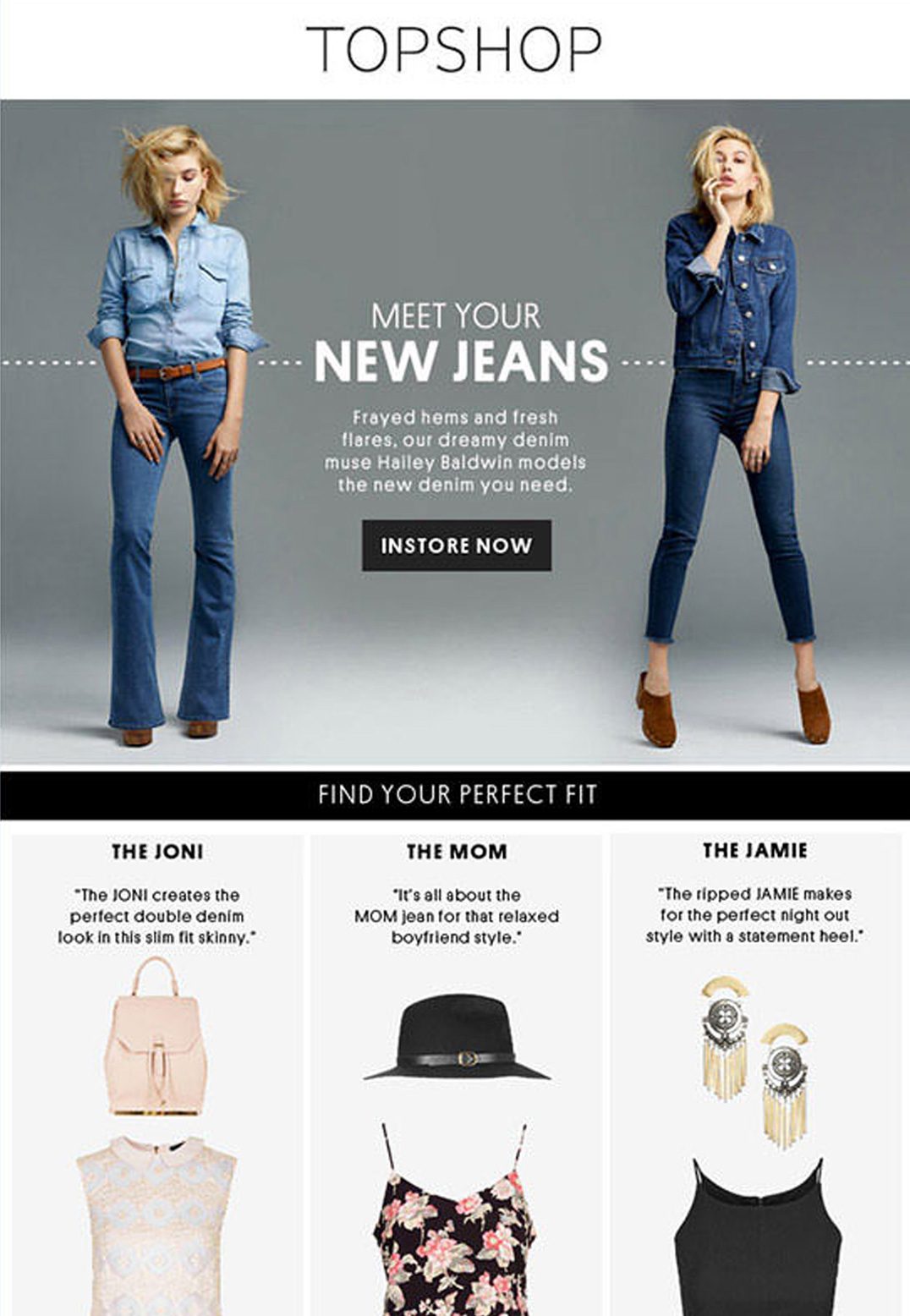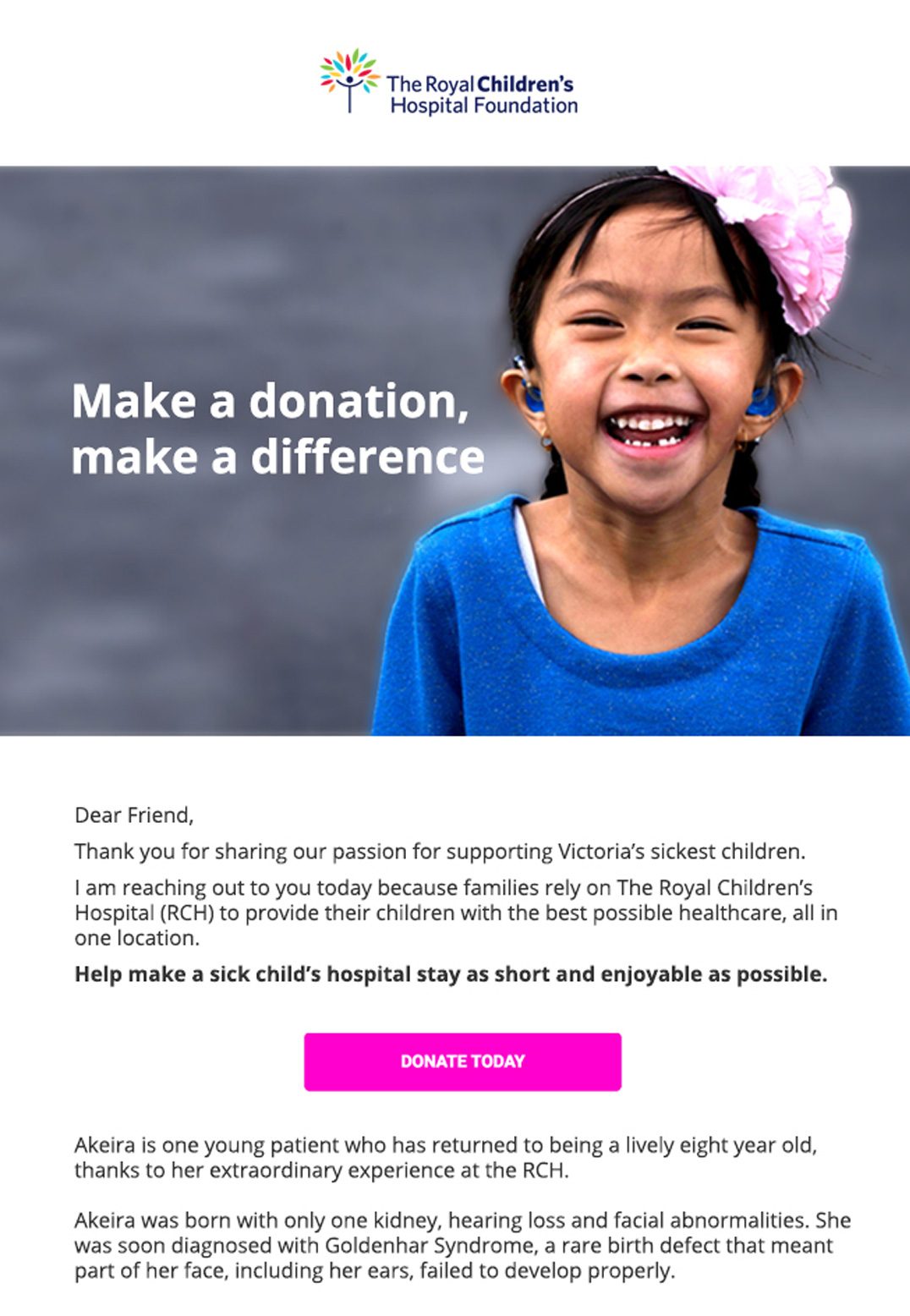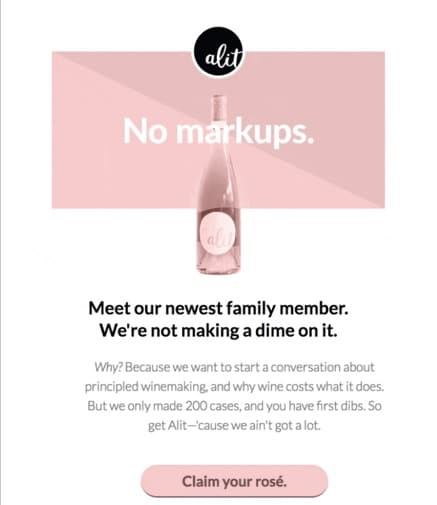Use the 4 Ps Technique to Write Great Email Copy That Gets Results
Writing great email copy can be challenging, yet it’s such a critical part of marketing success. With Facebook continuing to limit how many people see your posts and Twitter click-through rates declining, email is becoming an even more important channel for your business.
So how can you ensure your email copy is working to get you the maximum amount of clicks and conversions possible?
In this post, we’ll teach you the 4 Ps copywriting technique to help you write amazing email copy that gets results.
What is the 4 Ps technique?
The 4 P’s technique provides a framework for writing email copy that appeals to your customer’s desires. It is a conversion-oriented formula designed to make a particular offer (like a product, event or content piece) appeal to the wants and needs of your reader.
The technique has four parts to it, including:
Promise
You start by making a short, punchy promise to your readers. The key to this part of the technique is to make sure your promise speaks directly to the desires of your target market.
Here’s how you might do this if you were writing an email promoting your product:
Your email campaigns can be so great, people that people can’t help but click-through to your website.
Our own research has shown us that the number one thing marketers care about when it comes to email is improving their open and click-through rates, so we’ve structured our promise to appeal directly to the things they care about.
Paint
Next, you need to paint a picture of what their world would look like after you’ve delivered on your promise. Again, the key to being successful with this is truly understanding what the ideal world looks like for your target customers and speaking directly to it.
Continuing the example from above, here’s how you might do this if we were writing an email promoting your product:
With those extra clicks comes extra visitors, and those extra visitors will convert into more sales and revenue.
Although our research shows improving metrics like open and click-through rates was the most important thing to marketers, we know the main reason they want to do that is because it results in more sales and revenue for their brand.
Given that is at the core of what they are trying to achieve, we talk directly to it to paint a picture of what their world would look like after we’ve delivered on our promise.
Proof
Now that you have made a bold promise and painted a picture of what their world looks like after you’ve delivered it, you need to give them proof that you can.
People are skeptical these days and don’t always believe the promises marketers make, so the key here is to show results that independent organisations have achieved using your product or service.
Here’s how you should do this:
In fact, when (name of your client) used (name of your service) to send a series of automated email campaigns, they were able to drive an extra $120,000 in revenue for their business.
Because we know increasing sales & revenue is what our target audience ultimately cares about, you may use a story from one of your customers that specifically states the amount of extra revenue they were able to generate using your product.
This appeals to the target audience’s core desires and offers proof that the product can deliver on the promise being made earlier.
Push
Finally, with readers excited about your product, it’s time to push them to take action.
The key here is to relate your call to action back to the ideal world you painted for your readers earlier, as this reinforces the fact that your product is the path towards that ideal world.
Finishing up our example from before, here’s how you should do this for your product:
So create your free account and start driving extra revenue for your business today!
As you can see, rather just going with a generic ‘Create your free account’ we tied it back to the picture we’d painted earlier, reinforcing that creating a free account is the path towards driving extra revenue for their business.
What’s missing from this technique?
One of the things you may have noticed that’s missing from the 4 Ps technique is any information about your product. Nowhere does it encourage you to mention price, features, support, or really anything about the product itself.
This is because when you have only a few lines of text to work with, these kind of details aren’t important. The only thing you want to be telling your readers is how your product or service will help them achieve the things they care about.
Once you’ve got them interested and clicking through to your website, then you can give them the further information they need to make a purchase. But when you only have a few lines to work with in your emails, you need to make them count.
Great copywriting in action
Now that you know the basics of the 4 P’s technique, let’s see how brands are putting it into practice in their email newsletter campaigns.
TopShop’s Promise
Starting with a promise is the first step in producing compelling email content. “Buy our pants, and we promise they’ll be the greatest jeans you’ve ever tried,” you don’t need to say. Instead, make an emotional plea to your audience. How do you want people to feel after purchasing your product?
TopShop is excellent at this. They utilize enticing phrases like “fresh,” “dreamy,” and “muse” to entice their audience. They then go on to suggest that this is the denim you need. That is the guarantee. It piques the interest of their subscribers. In essence, they have implied that they will be your favorite jeans without explicitly stating so.

Painting a painting for the Royal Children’s Hospital Foundation
The next step is to paint an image. How would your target audience feel after investing in your brand? How would that investment enhance their lives or the life of someone they care about?
The Royal Children’s Hospital Foundation approaches this in an unusual manner. They don’t only beg for money for a good cause. That would almost certainly result in contributions, but they’ve developed an even more potent email newsletter approach.
Every time they send an email, they build a picture for their readers by introducing them to one of their contribution recipients. Writing about a tiny kid suffering from a catastrophic disease touches their readers’ emotions, makes the issue more palpable, and enhances the possibility that they will want to give.

UNICEF: The Evidence
UNICEF, like The Royal Children’s Hospital Foundation, not only creates an image, but also provides evidence that the money they receive make an impact.
Whether you’re a nonprofit organization or a for-profit company, proof is a vital aspect of the 4 P’s Technique. Proof demonstrates that you can keep the promise you made at the start of your campaign. To put it another way, you’re not simply making hollow promises. You already know that your product or service will have an influence on your clients’ lives; now they will, too, thanks to these specific instances.

Alit Wines: The Drive (or an effective CTA)
The push, or call to action, is the last component of the 4 Ps Technique (CTA).
Every email you send should have a clear CTA. Don’t presume your readers will know what to do after reading your excellent email text. They need direction.
You need not merely a clear call to action, but one that carries a punch. In other cases, a simple “click here” might suffice. However, in order to have an impression and really motivate someone to action, you must first capture their attention.
The reader understands precisely what will happen when they click the CTA button in this case; they will not be taken to the sender’s website to read a rosé blog. They will get a complimentary bottle of rosé.

Conclusion
Another effective method for improving your click-through rate is to use the 4 Ps methodology.
The key to success is to genuinely grasp the world your readers want to live in and then use that knowledge to present a picture of how your product can help them get there.
So, try out the 4 Ps strategy in your next email campaign and let us know how it works!






Recent Comments